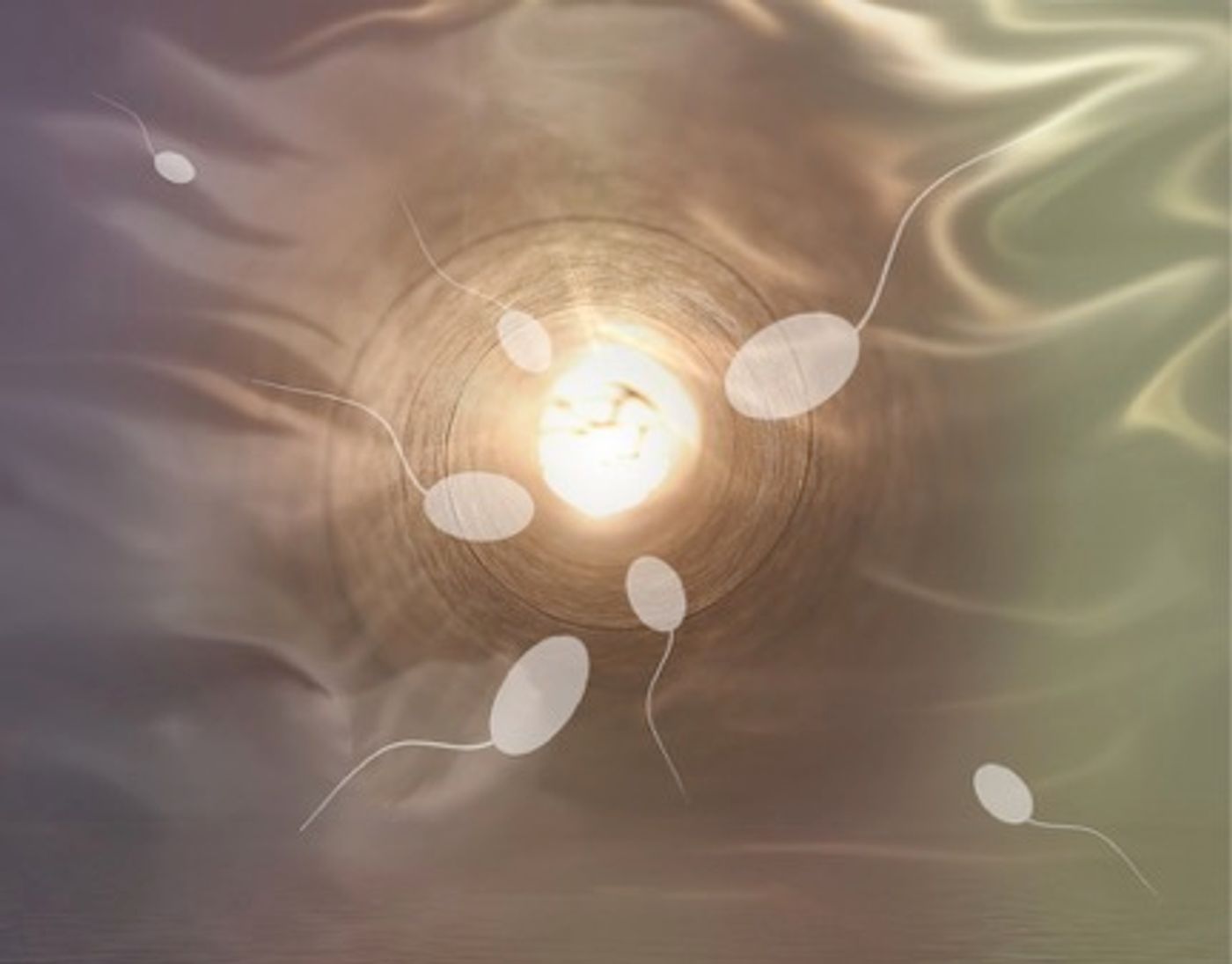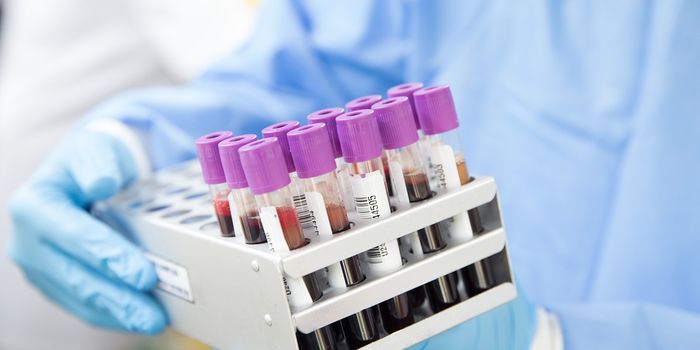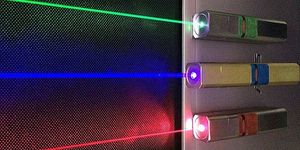In a breakthrough first, scientists in China reported to have turned
mouse stem cells into functional sperm-like cells, which could fertilize eggs and produce healthy mouse babies. The research has dramatic implications for the understanding of human gametogenesis – the process by which sperm and egg are made. The authors even speculate that the technique could be adapted to provide unprecedented new treatments for infertility in men.
Reproduction in mammals, like humans and mice, rely on the fusion of the gametes – the sperm and egg. These sex cells have half the number of chromosomes as other cells in the body. And to get at this specialized genomic state, sperm and egg undergo a specific and highly regulated cell division process known as meiosis. Researchers have long been curious to know the exact details of meiosis and sperm development in action.
Beginning with mouse embryonic stem cells, the team at Nanjing Medical University used a specialized chemical cocktail that turned these cells into primordial germ cells (PGCs). The PGCs are precursor cells that give rise to sperm and egg. Another team previously reached this step too, but showed that the PGCs needed to be implanted into the testes to become sperm.
However, Zhou and his team were able to coax the PGCs to become sperm-like in their dish, without the need for implantation. To do this, the team exposed the PGCs to testicular cells from newborn mice in various culture conditions, and also hormones like testosterone. It took hundreds of trials before the team landed on a combination of sex hormones and growth factors that stimulated the PGCs to undergo meiosis and become sperm-like.
Though the sperm mimic couldn’t swim like the natural thing, it was fully functional. The researchers injected these sperm-like cells into a mouse egg and implanted them into surrogate female mice. The resulting healthy mice babies are considered as the “gold standard” for success in reproductive biology.
The results could hold tremendous promise for treating male infertility. "If proven to be safe and effective in humans, our platform could potentially generate fully functional sperm for artificial insemination or in vitro fertilization techniques," said co-author Jiahao Sha. "Because currently available treatments do not work for many couples, we hope that our approach could substantially improve success rates for male infertility."
Obviously more work has to be done before this success can even be considered as treatment in humans. However, “If it works in the mouse, there’s no biological reason to think it wouldn’t be effective in humans,” said stem cell researcher George Daley of Harvard Medical School in Boston. “But one has to actually define the culture conditions and walk the cells through this very careful choreography.”
Additional source:
ScienceMag.org









